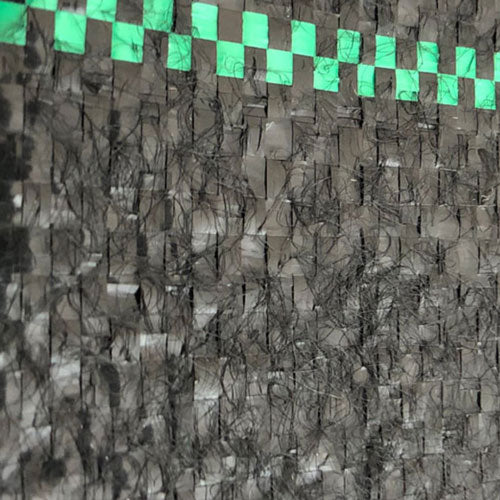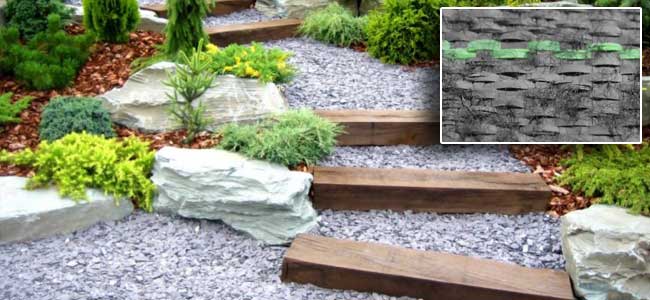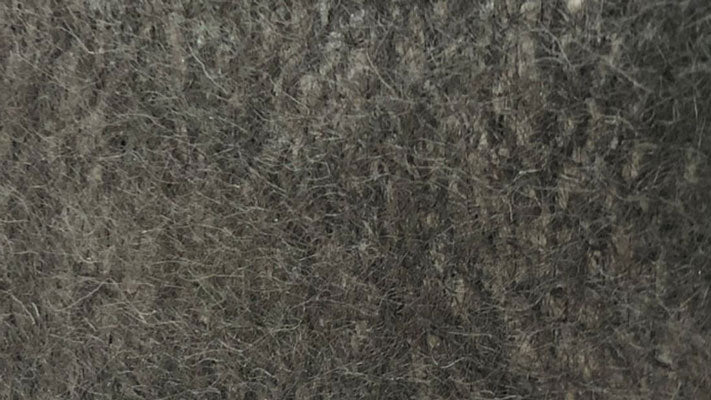Geotextile Landscape Fabric
FREE SHIPPING
The geotextile landscape fabric is perfect for the most demanding weed control situations. This product is a unique blend of both woven fabric and nonwoven geotextile giving it great durability and water drainage. Designed by mixing both woven fabric for added strength, and nonwoven fabric for improved water flow and drainage the geotextile landscape is the ideal ground cover solution for weed control.
The dual-sided geotextile when faced woven side up offers markings to help landscapers with plant placement. The markings indicate the interval spacings for plants and help keep planting rows straight on larger projects. This fabric is popular for both residential planting beds and commercial applications alike.












